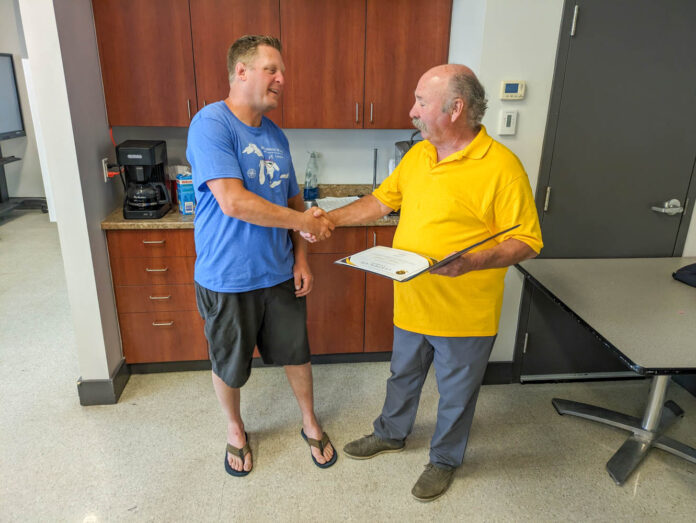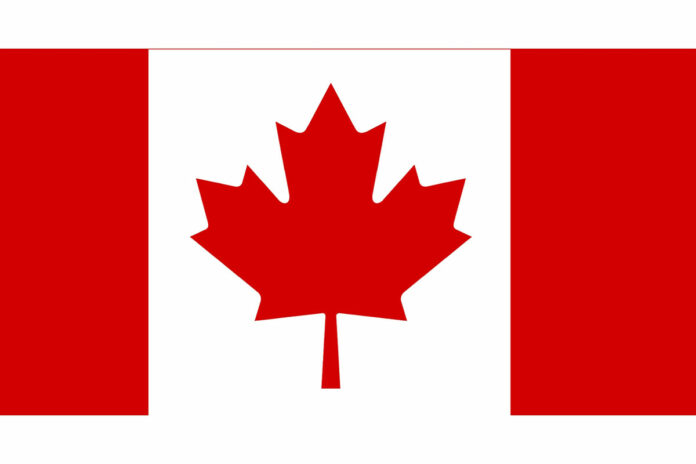MONTREAL—They were five Anishinaabe warriors who did not return from their service overseas and their names rank among those who gave the ultimate sacrifice to defend this land from those who would do it harm.
Charles Nanagijig of Sheguiandah, Theodore McGregor of Whitefish River, Clarence Wassegijig of Wiikwemkoong’s South Bay, Alfred Lewis Pitawanakwat of Aundeck Omni Kaning (then known as Sucker Creek) and, perhaps most puzzling, John George Halcro of Sheguiandah, these are the names of five Indigenous men from Manitoulin who signed up for service overseas and never saw their families again.
Over the past several weeks, Dr. Mathilde Roza, associate professor of North American Literature and North American Studies with the Department of Modern Languages and Cultures, Radboud Institute for Culture and History at Radboud University in Nijmegen, The Netherlands has been working on a passion project to discover more about those five men.
Chris Young of Wiikwemkoong discovered Dr. Roza’s work through the Indigenous Legacy Project. The Indigenous Legacy Project is “a research and remembrance based initiative to identify and mark the graves of Indigenous soldiers buried in cemeteries across the Netherlands. In partnership with the Commonwealth War Graves Commission and Faces-to-Graves, 17 Indigenous graves have been identified so far at Holten Canadian War Cemetery.”
“The Government of the Netherlands is a huge supporter of Canada and Canadian service members,” said Mr. Young, “especially Indigenous ones.”
Among the 15 Indigenous Canadian soldiers that Dr. Rosa is researching are the five Manitoulin warriors listed above.
“The Netherlands, too, continues to feel strongly about the enormous role that the Canadian army played in the liberation of their country,” said Dr. Rosa. “The nation’s gratitude and respect is perhaps especially visible at the Canadian war cemeteries, where thousands and thousands of Canadian soldiers lie buried. Carefully maintained by the Commonwealth War Graves Commission, the cemeteries are visited by thousands of people each year who come to pay their respects to fallen family members, friends or loved ones who lost their lives in the terrible battle against oppression, terror and tyranny.”
“My project is to try and identify all of the Indigenous veterans buried in the Netherlands,” said Dr. Rosa. She noted that some three to five thousand Indigenous soldiers fought in the Canadian Army while it was liberating her country. “I am looking at 100 to 120 individuals from all over Canada,” she said, “five were from Manitoulin.”
Dr. Rosa noted that the Netherlands celebrates the liberation over the May 4-5 period. Students from primary schools on up take part in observances that include the celebration and honouring of the Canadian contribution.
Dr. Rosa noted that, for too long, people of colour have been largely missing from the equation—a matter that her project is aimed at setting right. She hopes to exhibit her work next April.
To that end, Dr. Rosa is reaching out to Manitoulin families who might have information and/or photos of the five soldiers from Manitoulin whose history and story she is researching for her remembrance project.
Dr. Rosa can be reached by email at mathilde.roza@ru.nl.





